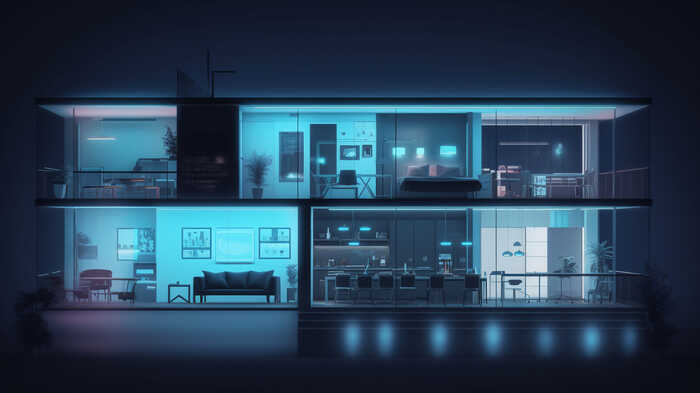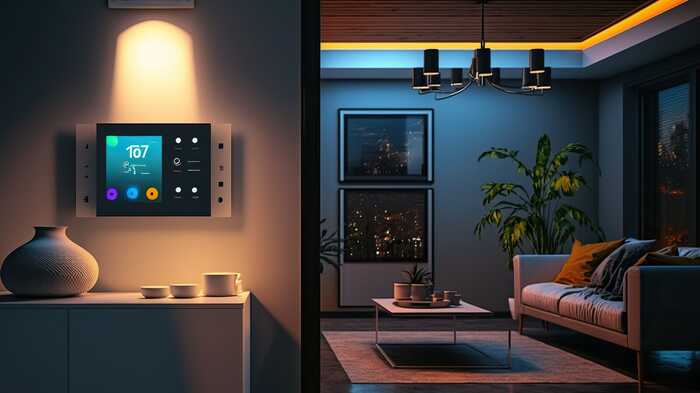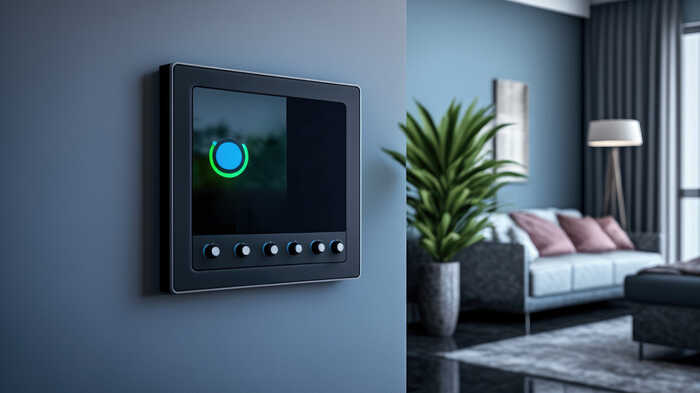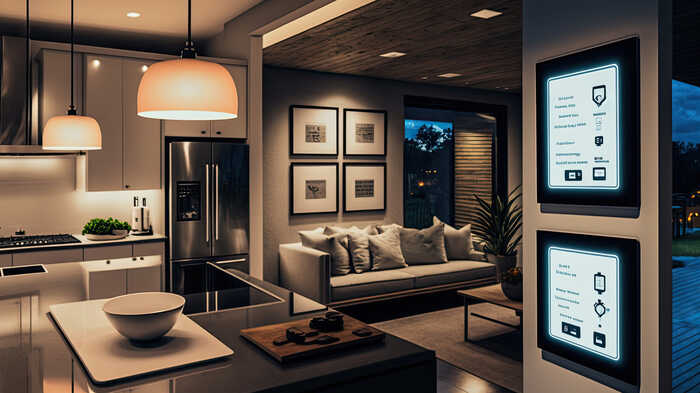The Future of Smart Home Design: How Architects are Incorporating Technology into Building Design
In recent years, the concept of a "smart home" has become an increasingly popular aspiration for those undertaking renovations or new build projects, revolutionising the way we interact with our living spaces. As technology becomes more sophisticated, architects are embracing its potential within their building designs. From voice-activated controls to automated lighting systems and remote temperature management, the future of smart home design is filled with exciting possibilities.

Enhancing convenience and efficiency
One of the primary advantages of smart home design is the enhanced convenience it offers to homeowners. With voice-activated controls, residents can easily operate various features of their homes—including their lighting systems.
This technology not only provides energy efficiency but also allows homeowners to create personalised lighting scenes for different occasions. Whether it's a bright and vibrant setting for a family gathering or a relaxing and soothing atmosphere for winding down after a long day, automated lighting systems can cater to individual preferences and transform the mood of a room with just a few taps on a smartphone or a voice command.

Creating a safer and more secure environment
Smart home technology goes beyond convenience and extends to ensuring the safety and security of homeowners. Architects are integrating advanced security systems into building designs, allowing residents to remotely monitor their homes through surveillance cameras and smart locks. This level of control offers peace of mind, especially when homeowners are away or travelling.
Meanwhile, smart home design can include features like motion sensors, which can trigger lights to turn on automatically when someone enters a room. This not only enhances safety by eliminating the need to fumble for light switches in the dark but also contributes to energy efficiency by ensuring lights are only on when needed.

Promoting energy efficiency and sustainability
As concerns about climate change continue to grow, architects are increasingly incorporating sustainable design principles into their projects. Smart home technology plays a significant role in promoting energy efficiency and reducing the carbon footprint of residential buildings.
Remote temperature management systems enable homeowners to regulate heating and cooling settings even when they are not physically present. This capability allows for efficient energy usage by adjusting temperature settings based on occupancy patterns. Homeowners can lower the thermostat during the day when the house is empty and set it to a comfortable temperature shortly before they return home.
What’s more, integrating smart sensors into the building design enables homes to adapt to external environmental factors. Sensors can detect changes in natural lighting levels and adjust artificial lighting accordingly, reducing the need for excessive energy consumption during daylight hours. The combination of these features not only benefits the environment but also leads to substantial cost savings for homeowners through reduced energy bills.

Safety and accessibility: incorporating smart design features
Here at Maidenhead Planning, we understand the importance of staying ahead of the curve when it comes to embracing innovative solutions that enhance the way we live.
Whether you're planning a renovation or a new build, we can guide you through the process of integrating smart home technology into your project. Contact Maidenhead Planning today for advice on how to transform your living space into a smart home that caters to your unique needs and preferences. Book a free video consultation and let us help you unlock the full potential of technology in building design.
Posted by Wouter De Jager on June 3rd 2023

